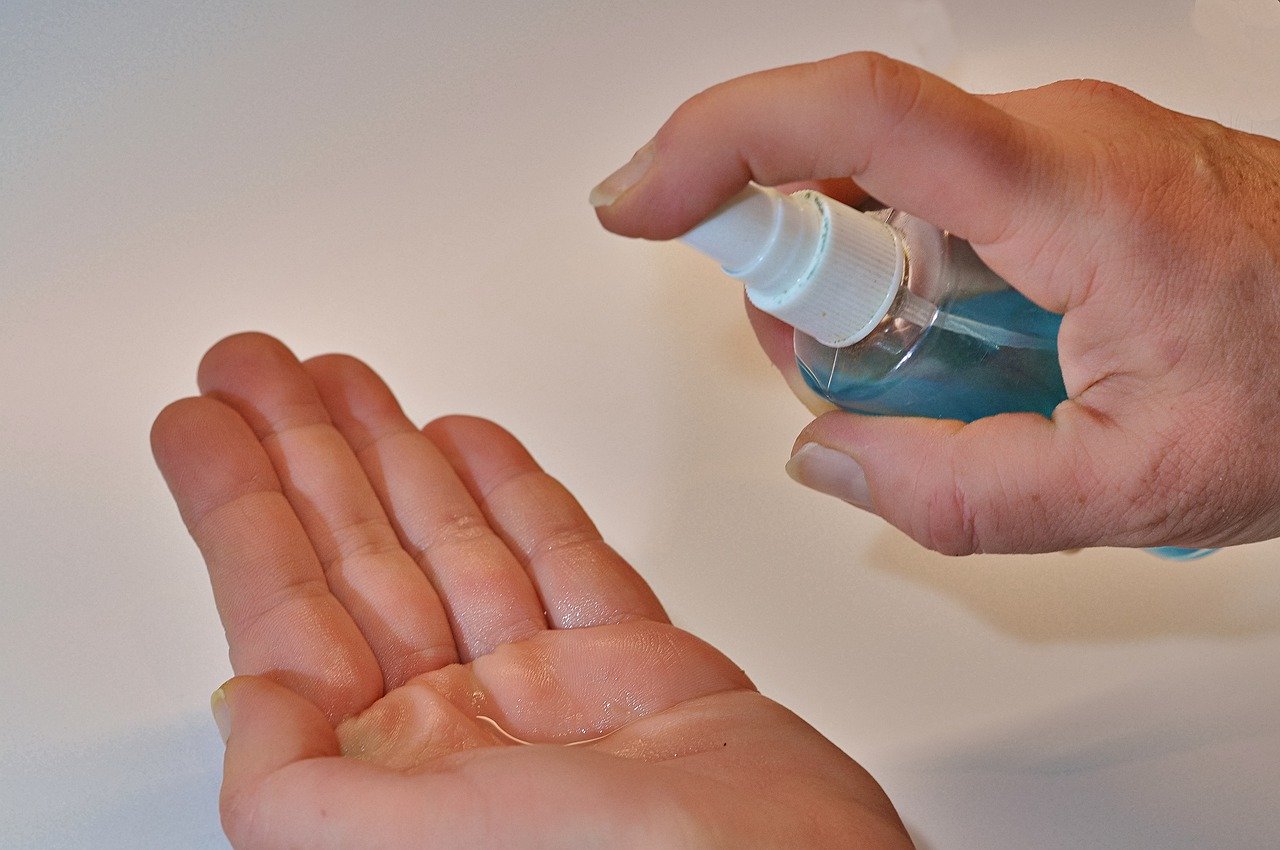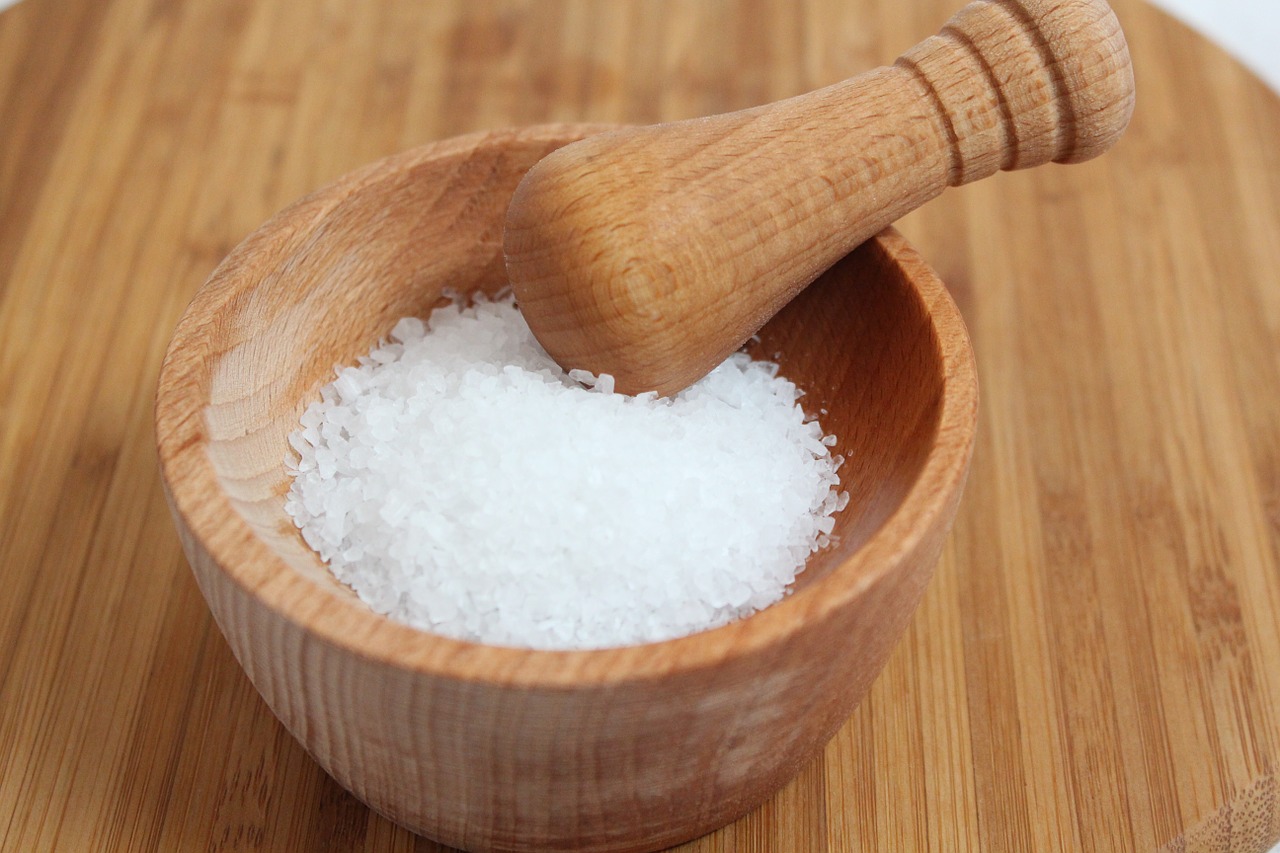Useful ways to use sawdust
The problem of industrial waste disposal did not arise today. If we talk about sawdust, then they can find many uses instead of simply being thrown into a landfill. Among them there are those that, if managed correctly, can bring a stable income. So, closer to the body, as Comrade Bender said.
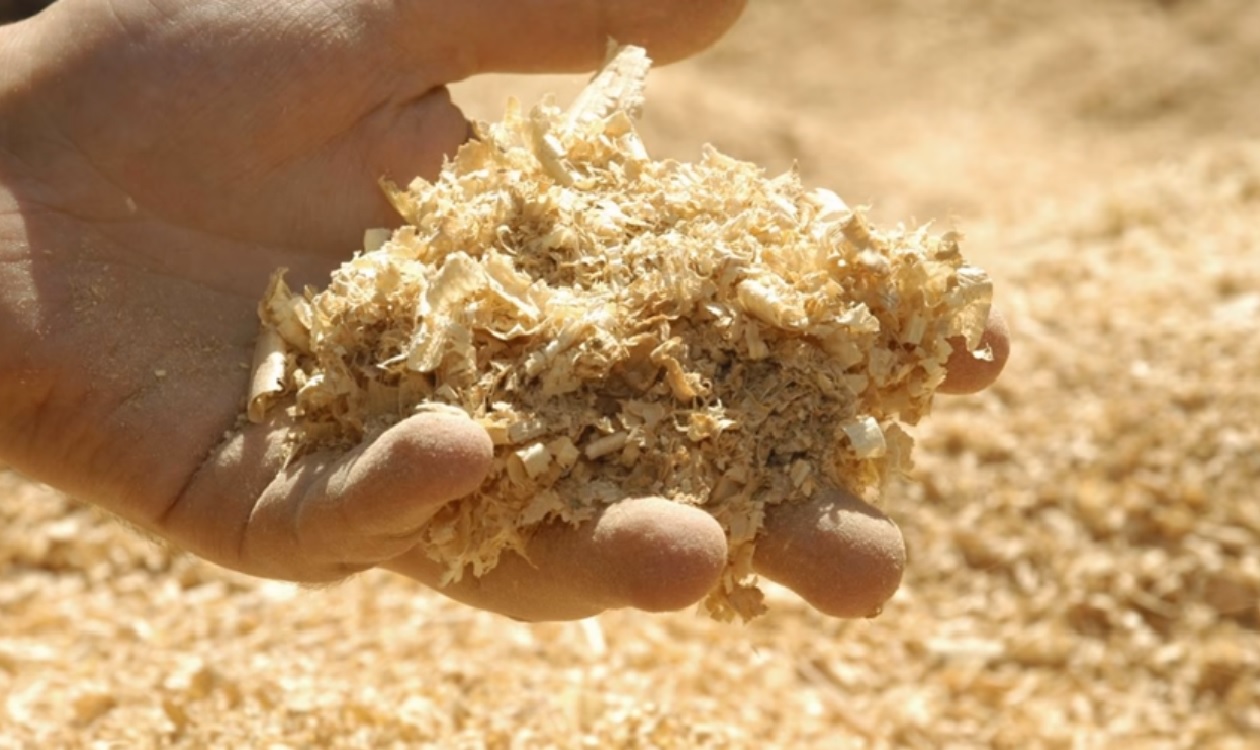
The content of the article
Construction materials
Here we can immediately name at least two areas of application. Firstly, there is an option to make warm building bricks from sawdust concrete. And secondly, sawdust makes a good plaster solution, not to mention materials such as OSB, chipboard, fiberboard or hardboard.
What is sawdust concrete
There is such a wonderful thing in its properties - sawdust concrete. And sometimes you wonder why it has not yet replaced the same aerated concrete from the building materials market. In many of its qualities, sawdust concrete is much better, namely:
- It has quite tolerable mechanical strength. Of course, if you maintain the correct proportions when making it.
- Good thermal insulation properties - the material is suitable for use even in harsh winter conditions.
- Vapor permeability, that is, the ability to transmit moisture from the air. This is a very good property, since excessively damp air has a detrimental effect on a person’s lungs.
- Environmentally friendly - apart from cement, sand, sawdust, lime and clay, the material does not contain any other components. In the event of a fire (God forbid, of course) there will be no poisoning with toxic substances, as is the case with many modern materials.
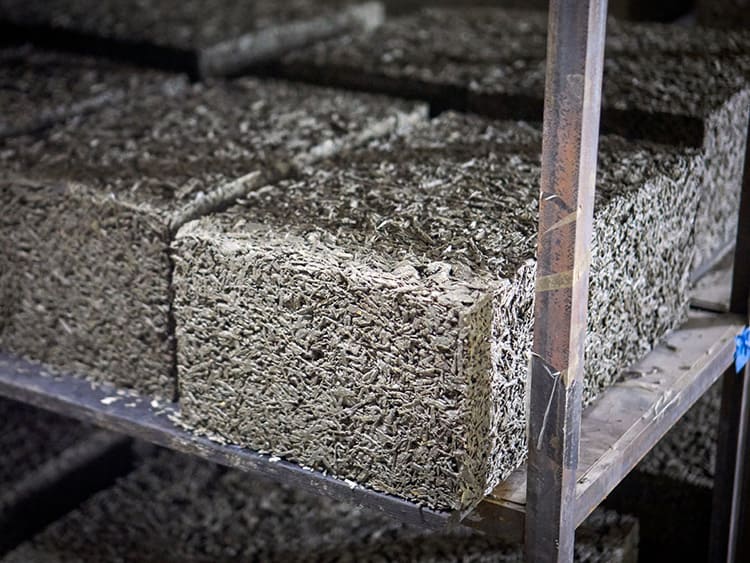
Recipe for obtaining a sufficiently durable material:
- 2 parts sawdust;
- 2 parts sand;
- 1 part cement;
- 5 parts lime or clay.
The mixture is mixed in a concrete mixer, gradually adding water, to a dough-like mass, after which it is poured into molds. The sawdust is pre-dried and passed through a sieve with a centimeter mesh.
Warm plaster
Application area plaster mortar with sawdust very wide:
- cladding of building facades;
- interior wall decoration;
- insulation of slopes on windows and doorways.
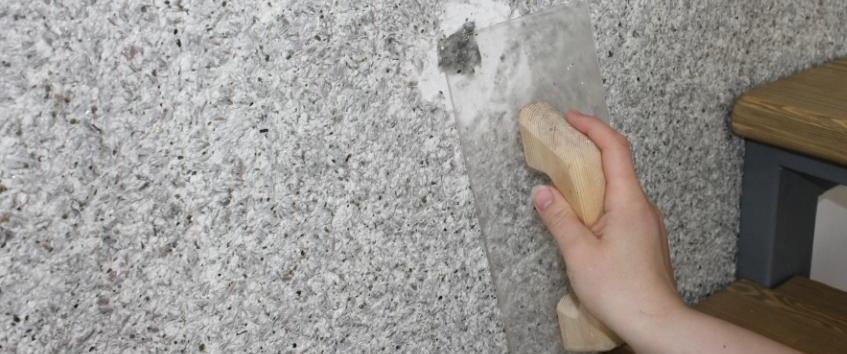
In addition to thermal insulation properties, the material also absorbs noise well. To make it you will need shredded paper. For example, old newspapers or magazines, cement and sawdust. In a ratio of 2:1:2, the ingredients are first mixed dry, after which water is gradually added to the mixture, constantly stirring until a slurry forms. If the sawdust is fresh, add another part of lime in proportion. For large volumes of work, a concrete mixer is very useful.
In the country
Construction and finishing are, of course, not bad, but what other use can sawdust be found? If you have a plot of land, there are a lot of options. These include paths, substrate, and mulch. Even a pest can be fought.
Paths
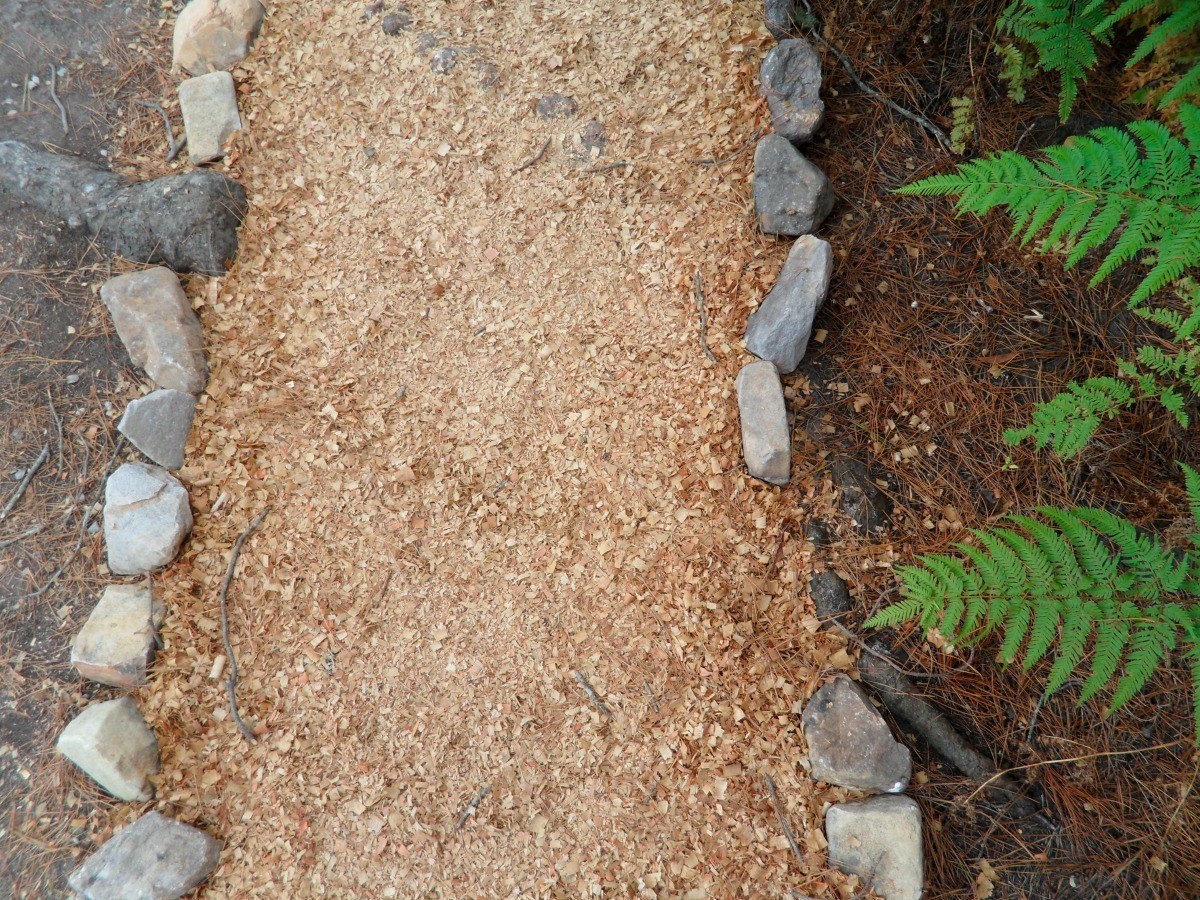
To organize neat rows between the beds tracks, you can dig a trench of small depth (at the bayonet of a shovel). The boundaries are laid out with brick or natural stone, and sawdust is poured into the trench itself, after which it is compacted.The advantages of this arrangement:
- the path can be given any shape;
- no matter how much it rains, there will be no mud;
- weeds do not like acidic soil, and the path will not be overgrown soon.
From time to time you will have to add sawdust to the path, since over time it becomes compacted and sags.
As a substrate
The main advantage of this substrate the fact is that the soil after its addition becomes much looser. But it also has disadvantages. Firstly, fresh sawdust pulls nitrogen from the soil, depriving vegetation of nutrition. Secondly, they acidify the soil. If coniferous trees are not afraid of this, then most other crops may even die.
To get around these troubles, you need to add calcium nitrate to the sawdust and level out the acidity of the soil. This is achieved by adding peat ash, crushed chalk or superphosphate to it. Soil acidity is checked using litmus paper.
Mulching
Bedding mulch on site helps to achieve the following goals:
- weed control;
- thermal insulation of roots in cold and hot seasons;
- protecting plants from pathogenic bacteria that enter the foliage and stems during watering;
- reducing soil moisture loss;
- preventing erosion and erosion of the fertile layer.
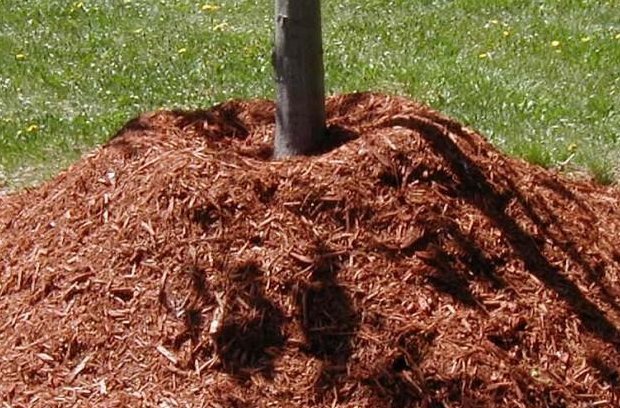
Sawdust should be properly prepared before use. This is done like this: a bucket of sawdust is poured onto a cellophane film laid out on the ground, after which 200 grams of calcium nitrate are poured into it, mixed, and a bucket of water is poured on top. Then they cover the top with plastic film, press down with stones and leave to rot for a couple of weeks. After “ripening,” the mulch mixed with ash is sprinkled on the ground in a layer of up to five centimeters.
Pest Control
To combat Colorado potato beetle larva Fresh pine sawdust will do. The resin they contain repels the pest. It is enough to sprinkle a small layer of sawdust between the rows of potatoes.
Like fuel
Here you can benefit in two cases at once:
- for space heating;
- when smoking fish, meat or vegetables.
Now let's be a little more specific.
Heating
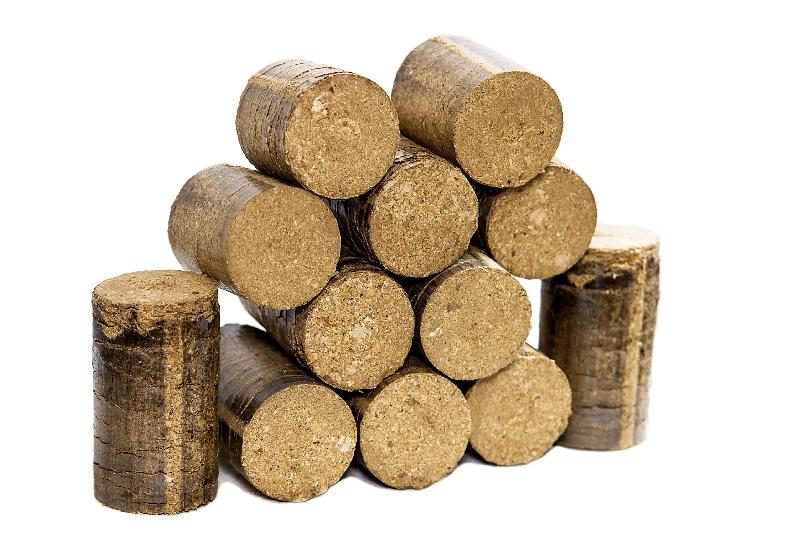
You can simply pour everything into an already lit oven. It will smolder for a long time, so there will be plenty of heat. But if, as they say, you dig deeper, then there are special boilers that operate on briquettes made from pressed sawdust. According to user reviews, it’s a pretty good thing.
Smoking process
Owners smokehouse There is no need to explain anything, they will manage without us. Deciduous trees are best suited for smoking, while coniferous trees contain a large amount of resin. But this does not mean that they cannot be used as well. The main thing is the absence of mold and traces of chemical treatment (varnishes, paints, impregnations) on the wood. Ideally, sawdust with a relative humidity of 50-60% is used. If necessary, you can first add water to them and then pre-dry them to the specified humidity values.
The list of options for using sawdust goes on and on. This includes bedding for animals, insulation for the ceiling, and soil for growing oyster mushrooms. You can even make crafts if you fix the mixture with glue, give it the desired shape and let it all dry. In general, you just need to use your imagination and the recycling problem is solved.




